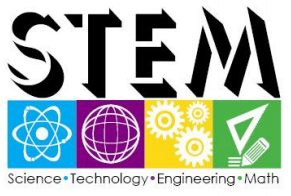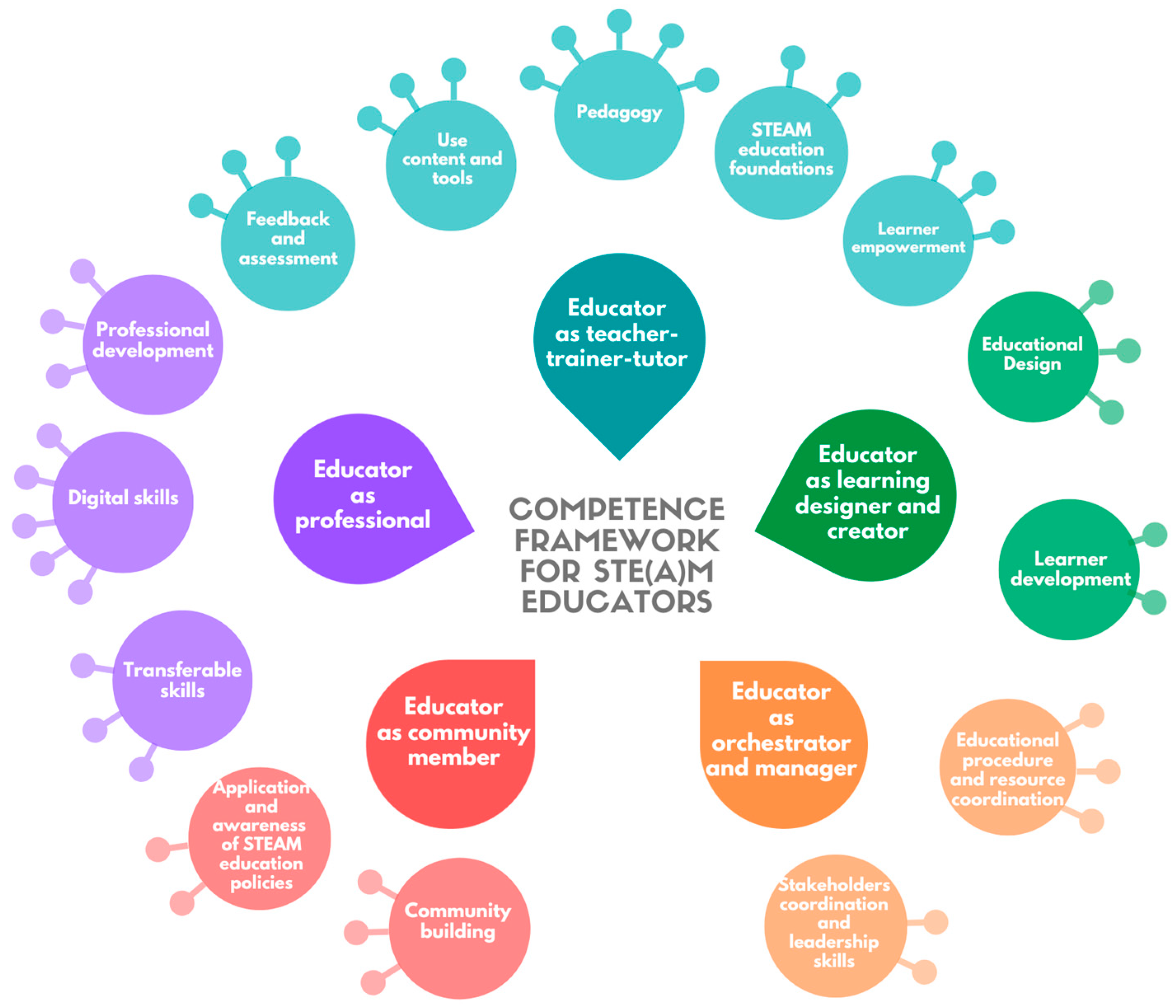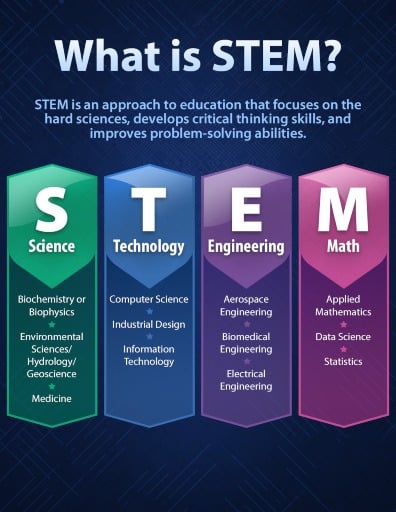Advancing Fitness Education through STEM Integration

Advancing Fitness Education through STEM Integration
In today’s rapidly evolving educational landscape, the integration of STEM (Science, Technology, Engineering, and Mathematics) concepts has extended its reach beyond traditional subjects. One area where this interdisciplinary approach is gaining momentum is in the realm of physical education. By fusing STEM principles with fitness education, educators are not only enhancing students’ understanding of the sciences but also revolutionizing the way we approach physical activity.
Bridging the Gap: STEM Applications in Physical Education
The gap between scientific theory and practical application is shrinking as STEM finds its way into physical education programs. Integrating technology, engineering, and mathematics into the realm of fitness offers students a holistic understanding of the science behind movement. Wearable fitness trackers, biomechanical analysis tools, and virtual simulations are just a few examples of how STEM applications bridge the gap between theory and practice, providing real-time insights into physical performance.
Catalysts for Change: STEM Innovations in Phys-Ed
STEM is a catalyst for change in the world of physical education, bringing innovation to traditional teaching methods. From gamified fitness apps that incorporate mathematical challenges to engineering projects that design and optimize sports equipment, educators are leveraging STEM to make phys-ed more engaging and relevant. These innovations not only captivate students’ interest but also instill a passion for lifelong fitness through interactive and dynamic learning experiences.
Integrating STEM Concepts for Enhanced Physical Literacy
Physical literacy goes beyond basic motor skills; it involves a deep understanding of how the body moves and responds to physical activity. Integrating STEM concepts into physical education helps cultivate this literacy by dissecting the biomechanics, physiology, and physics of movement. Students not only perform exercises but also grasp the underlying principles, fostering a comprehensive and informed approach to physical fitness.
A Synergistic Approach: STEM and Physical Education Unite
The synergy between STEM and physical education is undeniable. Educators are embracing a cross-disciplinary approach, recognizing that physical activity is not isolated from scientific principles but inherently intertwined with them. This integration allows students to see the interconnectedness of subjects, reinforcing the idea that STEM is not confined to the laboratory but is an integral part of everyday life, even within the gymnasium.
STEM-Powered Pedagogy: Transforming Phys-Ed Practices
The incorporation of STEM in physical education is transforming pedagogical practices. Teachers are adopting data-driven approaches to track and analyze students’ physical performance. This data-driven pedagogy allows for personalized fitness plans, addressing individual needs and optimizing training regimens. By applying STEM principles, physical education becomes not just a series of exercises but a tailored and scientifically informed learning experience.
Nurturing Minds and Bodies: STEM in Physical Fitness
STEM in physical education is not solely about developing physical prowess; it is about nurturing both minds and bodies. As students engage with STEM concepts in the context of fitness, they not only improve their physical health but also enhance critical thinking skills. Problem-solving, logical reasoning, and analytical skills are honed through understanding the science behind physical activity, creating well-rounded individuals prepared for the challenges of










